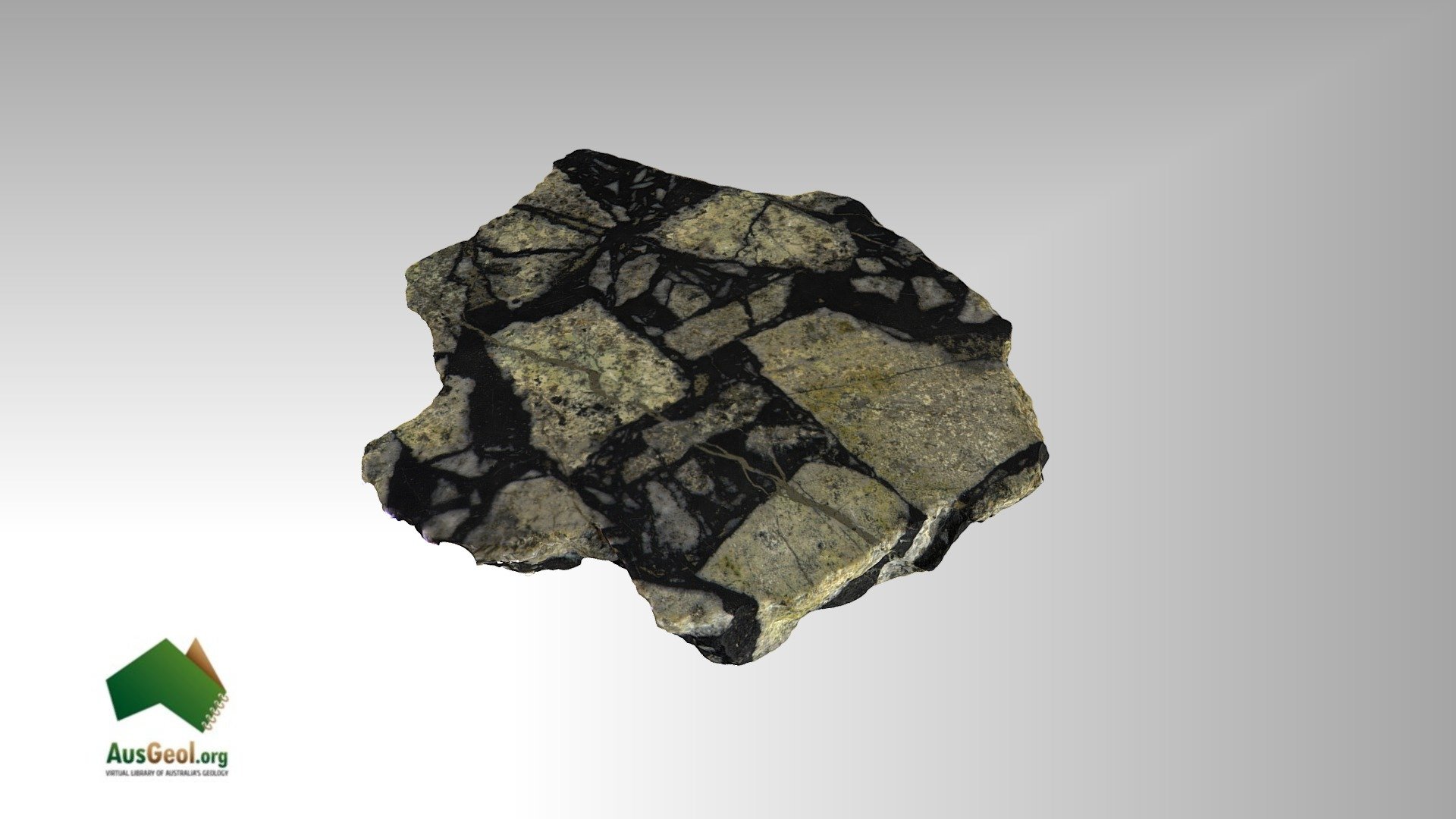
UTas_KEA341_87
sketchfab
Here's a Sample Textbook for 3rd Year Economic Geology Course at the University of Tasmania: Economic Geology is an essential subject that explores the occurrence, extraction, and utilization of valuable mineral resources. This textbook aims to provide students with a comprehensive understanding of economic geology principles, methods, and applications. Chapter 1: Introduction to Economic Geology Economic geologists seek to identify and extract valuable minerals from the Earth's crust. To achieve this goal, they must understand the geological processes that shape our planet. In this chapter, we will introduce the fundamental concepts of economic geology, including the definition of economic geology, its importance, and the different types of mineral deposits. Chapter 2: Geological Processes Geological processes play a crucial role in shaping the Earth's surface. These processes include plate tectonics, weathering, erosion, and sedimentation. In this chapter, we will examine these processes in detail, focusing on their impact on economic geology. Chapter 3: Mineral Deposits Mineral deposits are the result of geological processes that concentrate valuable minerals in a specific area. There are several types of mineral deposits, including igneous, metamorphic, and sedimentary deposits. In this chapter, we will discuss the characteristics of each type of deposit and their economic significance. Chapter 4: Ore Genesis Ore genesis refers to the process by which economic mineral deposits form. This process involves the concentration of valuable minerals through geological processes such as magmatic activity, metamorphism, and hydrothermal activity. In this chapter, we will explore the different mechanisms of ore genesis and their impact on economic geology. Chapter 5: Exploration Methods Exploration is a critical component of economic geology. It involves searching for mineral deposits using various methods, including geological mapping, geochemical sampling, and geophysical surveys. In this chapter, we will discuss the different exploration methods and their applications in economic geology. Chapter 6: Mining and Mineral Processing Once a mineral deposit has been identified, mining and mineral processing become essential steps in extracting valuable minerals from the Earth's crust. In this chapter, we will examine the various mining and mineral processing methods used to extract valuable minerals. Chapter 7: Environmental Impact of Economic Geology Economic geology activities have significant environmental impacts, including pollution, land degradation, and climate change. In this chapter, we will discuss the different environmental impacts of economic geology and explore ways to mitigate them. Conclusion: In conclusion, economic geology is a complex subject that requires a deep understanding of geological processes, mineral deposits, and exploration methods. By studying economic geology, students can gain a comprehensive knowledge of the principles, methods, and applications of this field.
With this file you will be able to print UTas_KEA341_87 with your 3D printer. Click on the button and save the file on your computer to work, edit or customize your design. You can also find more 3D designs for printers on UTas_KEA341_87.
